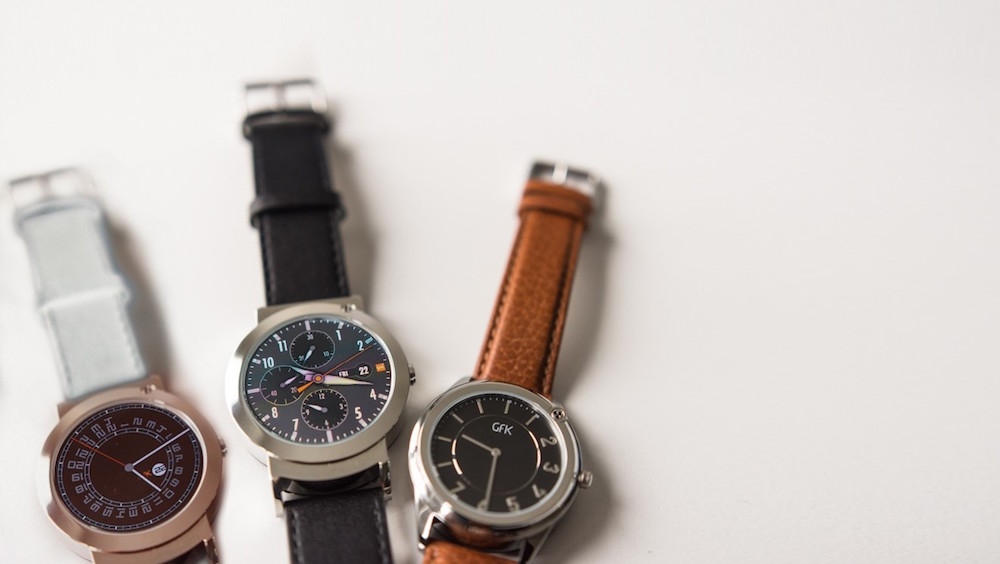Radio Ratings: Electronic watches will measure radio ratings this year

The way that radio ratings are measured has changed forever, with Commercial Radio Australia’s ratings provider GfK set to kick off a world-first super pilot in 2019.
All the main radio shows are back this week and are once again set to jostle for the #1 crown in their respective markets and dayparts
For the very first time, electronic and paper diaries won’t be the only way that ratings are recorded.
In addition, there’s set to be a new hybrid system in place that requires participants to wear a special watch (with an electronic meter contained within) and download a smartphone app which picks up ambient radio.
Participants will also fill out a diary, presumably so that any discrepancies can be identified between the two measurement techniques.
While a spokesperson for Commerical Radio Australia tells Radio Today the watches won’t be in place in Survey #1, they did confirm that trial is set to occur accross all five metro markets the first half of 2019.
So how accurate will these wearable devices be?
Well, human compliance will always be a factor in such trials.
A mini-pilot was quietly completed in 2018 with the watches, and it found a certain extent of “lost listening” from participants not always wearing the watch or not always having their phone in close proximity.
In addition, the watches cannot yet capture listening when it occurs through headphones.
But the trial isn’t just about determining how accurate the devices will be, explained GfK’s Dr Marten Boyer at the 2018 Radio Alive Conference last year.
It will also mean that GfK can “better understand and quantify the differences in listening recorded across the different measurement techniques”, and will do so “across various factors such as age, gender and time of listening”
“This rich dataset will feed in to the development of a hybrid measurement model that could incorporate the strengths of the diary system with the granularity offered by metering technology,” said Boyer.
Boyer also claimed that Australia is the “ideal test market” for the new tech.
“It’s one of the strongest and most sophisticated radio markets in the world with high levels of technology use. There will be a lot of interest from other countries in the results of the study,” he said.
All that said, the proof will be in the pudding. In the second half of the year, we can expect some of the results of the trial, and how the wearables performed compared to online and paper diaries.
Are wearable watches the future of radio ratings? Let us know in the comments.



Problem is the watches will pick up ‘ background ‘ formats that people aren’t actually listening to ie not hearing the ads. Stations like smooth on in shops in the background will get a disproportionate amount of listening.
Dumb question…how do these work with digital radio when there’s a delay from the traditional broadcast?
I M LIKING THE SOUND OF THAT MACQARUE SPORTS RADIO IN SYDNEY, MERLBOURNE & BRISBANE WILKL BENIFFIT GREATLY FRUM TE NEWX SYSTEM ASLISTENERS CUME T NMSR FRUM YOUR FM’s + 4KQ IN BRUSBANE
@Peps
I believe they work by embedding a unique inaudible watermark on each service. So the data they get back will tell them if the person listening was on FM, DAB or Streaming.
Standby, there will be some changes here, mum filling in a diary for their teen who is too lazy to do it will cause some change. same with people in work places. Experienced this change overseas. All radio listening will go down. Let’s also keep an eye out for companies who try and broadcast their main fm coded signal on their supermarket digital stations for example to make their main fm station look better in the survey.